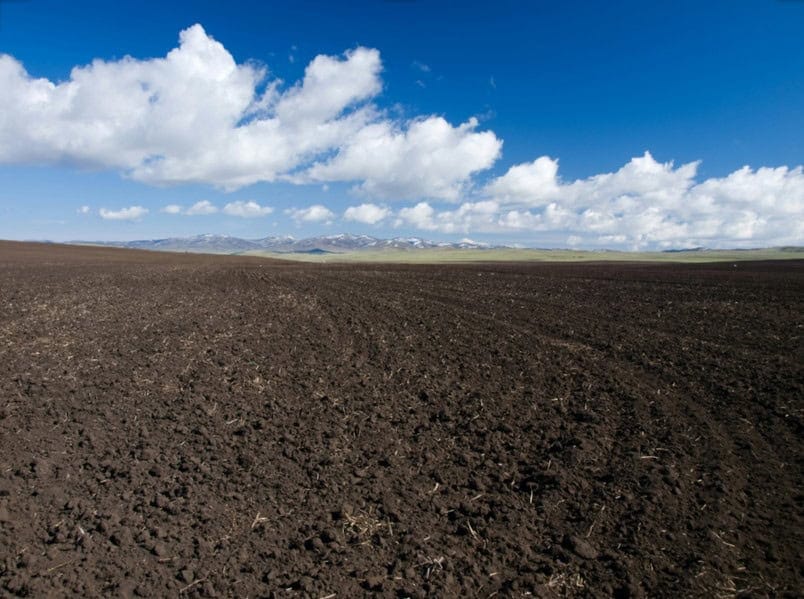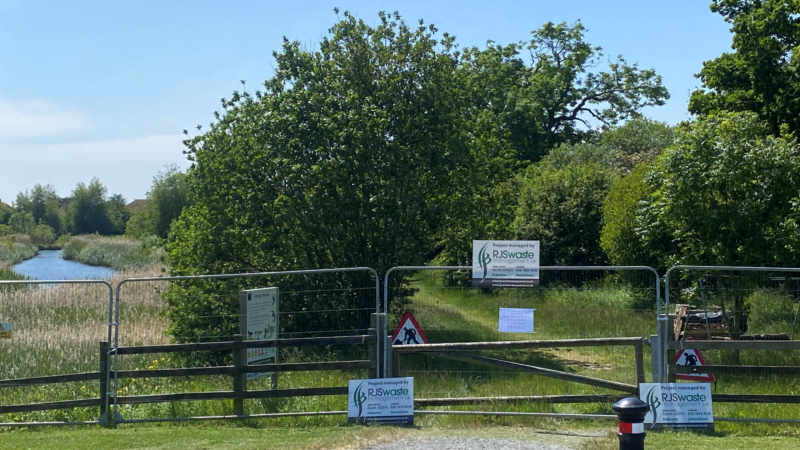
Arun District Council engaged the RJS Waste Management team to test for hazardous waste and then carry out site clearing and excavation on potentially contaminated land in North Bersted, West Sussex.
The council was happy that we completed the soil testing and land remediation in half the allotted time while maintaining the health and safety of residents and wildlife. Read a full case study below.
Site clearing and excavation brief
For this site clearing and excavation job, the RJS Waste Management team received a contaminated land remediation enquiry from Arun District Council.
On the callback, we discovered there had been some potentially hazardous liquid dumped into the out pipe of a manmade lake. The lake was not only on a housing estate but also within a sanctuary for wildlife.
Firstly, we were asked to visit the local housing estate and determine whether the waste was hazardous. Secondly, we were asked to remove and dispose of the potentially harmful waste to keep the residents and wildlife safe.
WAC testing, site clearing, excavation and hazardous waste removal process
Our team initially carried out a full Waste Acceptance Criteria (WAC) test as well as full soil characterisation (soil testing and soil analysis) in three areas. These were the drain exit pipe area, the water’s edge and the area joining the two.
The samples revealed slightly elevated levels of metal. This meant oil and/or fuel was present and that illegal dumping of hazardous waste was likely the cause.
As the area had dried out in the hot June sunshine by the time we were advised we could start work, there was no need for us to remove any liquid waste.
We carried out full site clearing and excavation of the potentially contaminated land (18x5m excavated down to approximately 0.3-0.5m) using a five-tonne digger.
A three-tonne dumper was then used to move the excavated materials to a sealed storage compound we created onsite.
The last stage involved using our fully insured and waste carrier licenced eight-wheeler grab lorry to transport and dispose of the waste safely. The customer received a hazardous waste transfer consignment note and all other relevant paperwork.

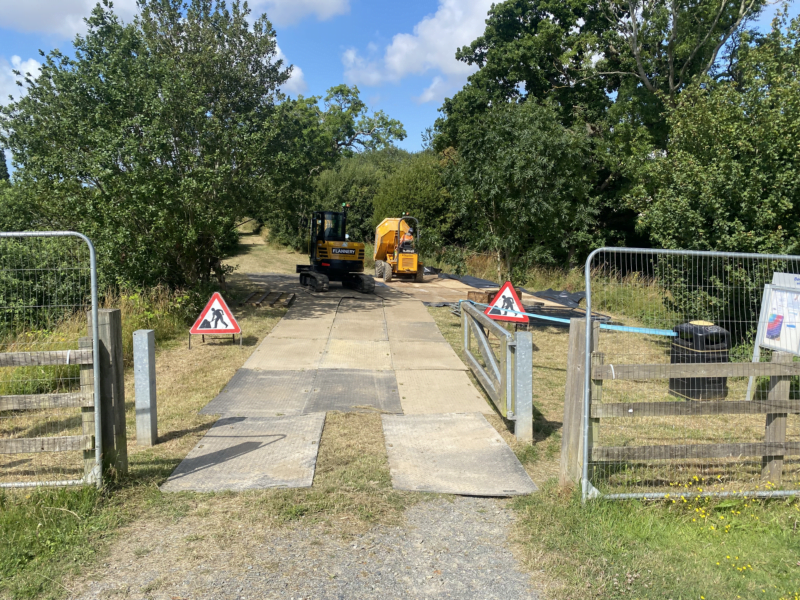
Hazardous waste identification, removal and disposal solution
- WAC testing and soil analysis determined how far the potentially hazardous waste contamination had spread.
- Site clearing and excavation removed all the potentially contaminated land and vegetation.
- The excavated ground waste was transported to and disposed of at an approved waste disposal site.
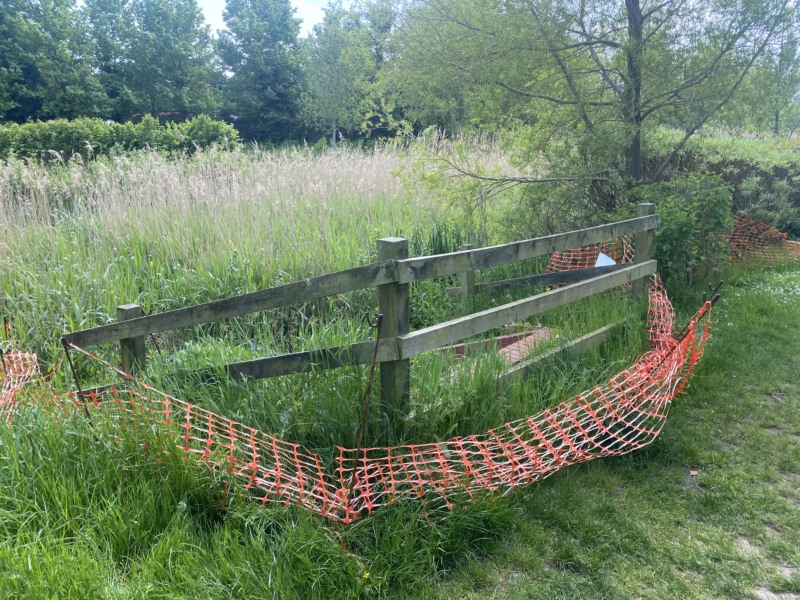
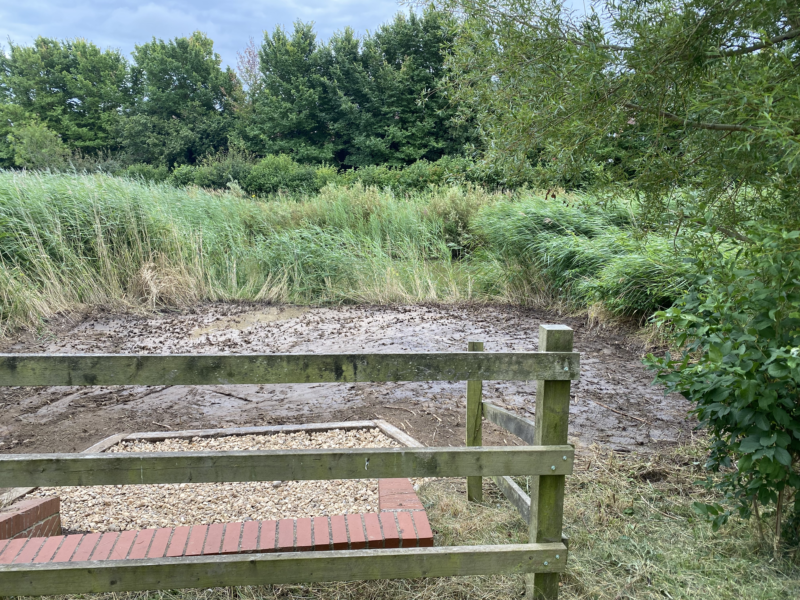
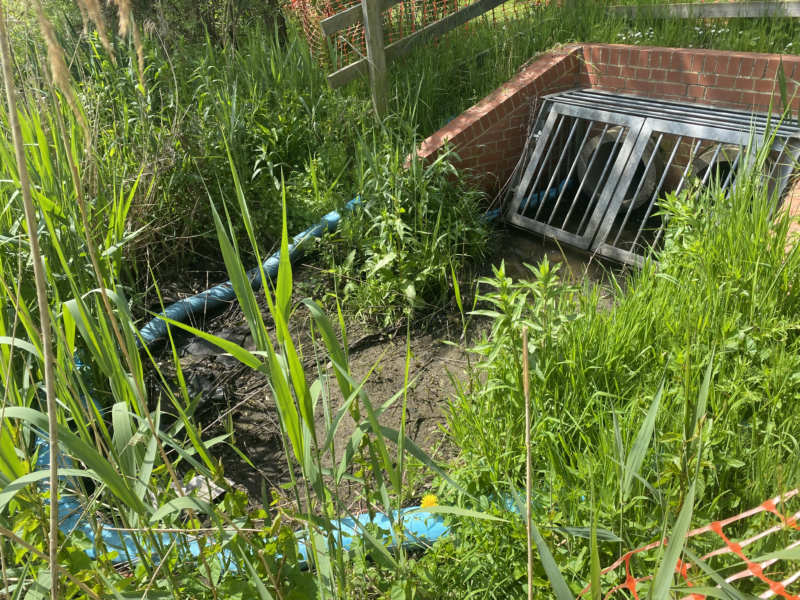
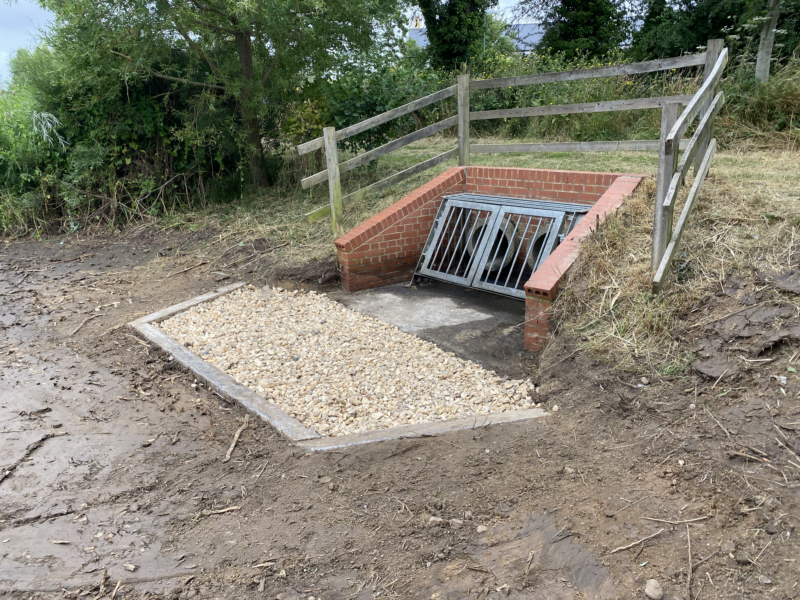
Key challenges to the site clearing and excavation
Our main challenge was Mother Nature. But, as a sustainable waste management company, we wouldn’t have it any other way!
It was not only very warm and dry but birds nesting in the reeds surrounding the excavation site made it impossible for us to dive in and start works while maintaining a duty of care. The RJS Waste Management team maintained constant communication with an ecologist, who surveyed the site weekly, before we got the green light when the reed warblers fledged.
We were allowed just two weeks to complete the WAC testing and site clearing and excavation works so that the public footpath was not closed for too long. But our team of land remediation experts worked efficiently to achieve this, safely and efficiently, with time to spare.
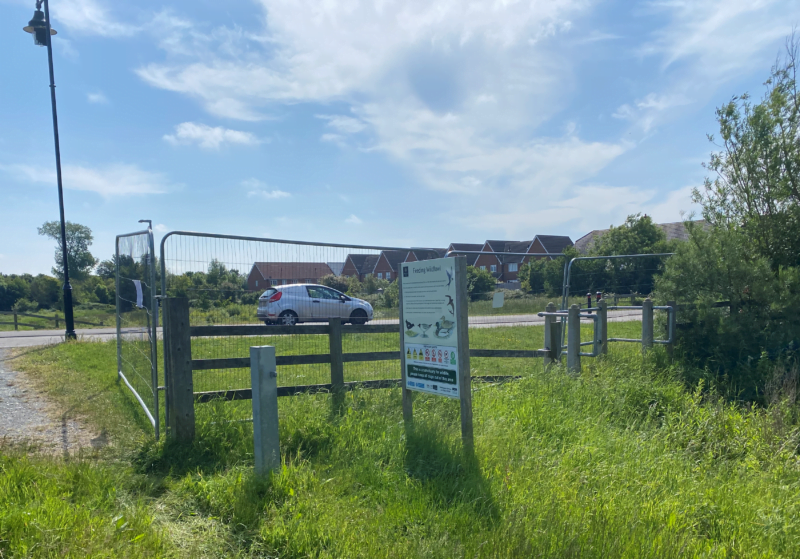
Site clearing and excavation results
The land impacted by the hazardous waste was removed successfully and the client was incredibly happy. He commented:
“You have completed the job in half the time and I can hardly notice that you and your machinery have been here”.
Efficiency and minimal disturbance are the best we could have hoped for from a site clearing and excavation project at a wildlife sanctuary. Contact us if you’d like our contaminated land remediation team to make your space safe again.

